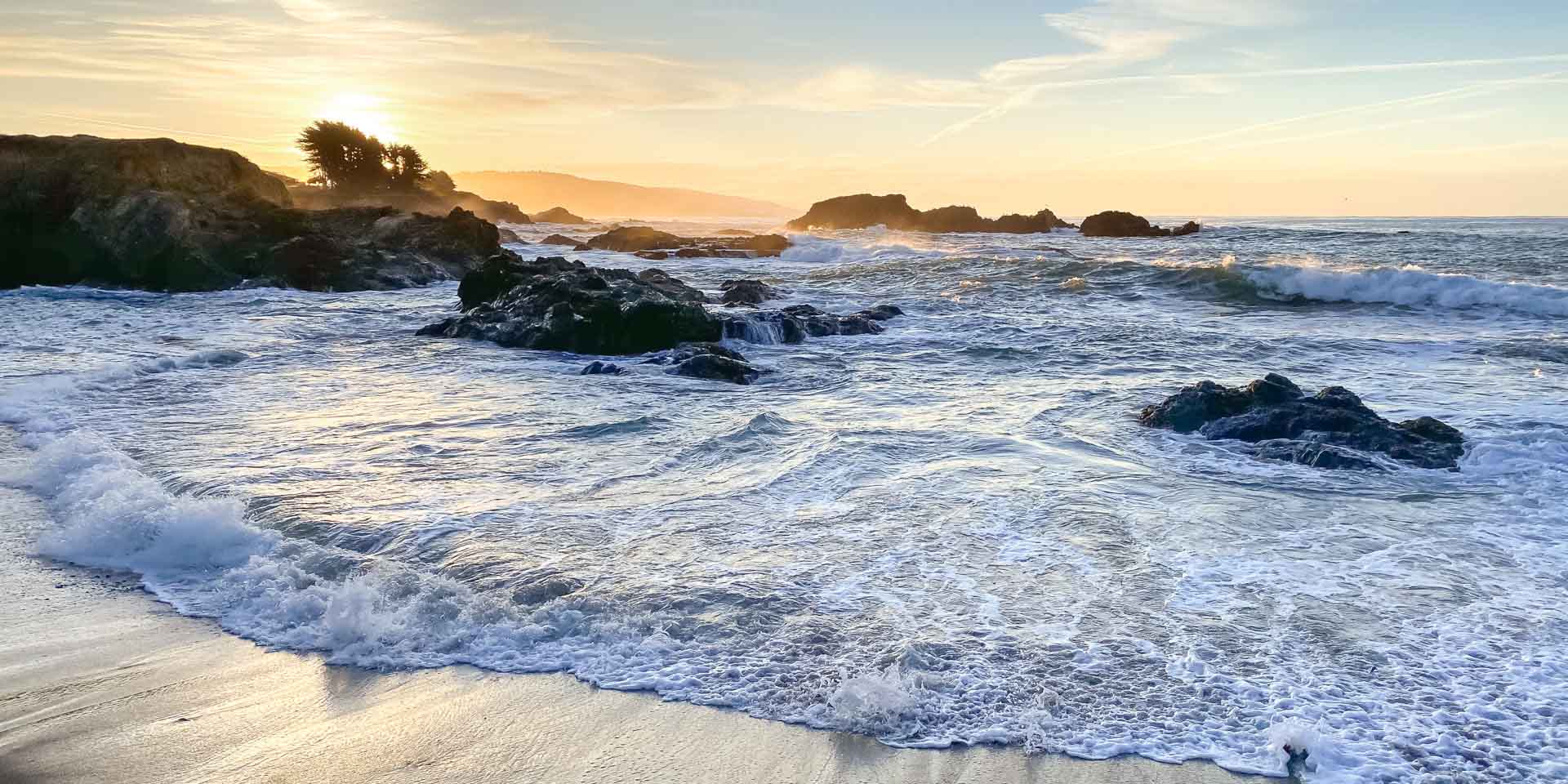Table of Contents
Oacian—who are they?
The oacians are a type of animal that can adapt to both aquatic and terrestrial environments. Animals that live either in water or on land are classified accordingly. However, they have a greater tolerance for both surfaces and can thrive in any environment on their own. They have the ability to survive in both terrestrial and amphibious environments.
Strolling or walking:
these creatures are sturdy, serious, and purists. From this vantage point, when animals of this type aren’t using their tails to propel themselves through the water. These creatures are capable of walking and strolling on land just like any other Valk or Dex.
Land or sea surfaces:
They require a waterway surface for walking or strolling at the present time, and they are free to create any sort of habitat they deem suitable for themselves. However, we can state that these oceanic species have a preference for life on land and in the open water. These creatures are perfectly content in their preferred habitats, and they have no need to dry out. They can survive in wet environments for extended periods of time, and some even prefer that their skin constantly peels in all kinds of weather.
Which species of Oacian creatures are we talking about?
They are the kind of creatures that prefer to set up housekeeping on chilly, damp surfaces, preferably in places where the air can easily brush against their skin. Certain species of animals have scales on various parts of their bodies.
Differences in skin tone:
They look like that type of individual. The color of their skin is ideal, and they will blend in perfectly with any environment, successfully masking everything from the lightest blues and purples to the deepest shades of green in the water. They are self-sufficient, with homes and territories out there in the oceans. However, they are abundant in the world’s other massive canals and seas.
These organisms prefer to live in their natural habitats, which should have at least 100 feet of unrestricted seawater depth. They have a city that serves as their capital called Cryth-pool. Additionally, these are situated in a huge area beneath the surface of the ocean. While both groups own identical pieces of it, they are separated by great depths in the oceans. On a tiny island close to the water’s edge, they can make a decent living and grow closer to one another through the development of a land-based entry and trade network.
Which Oacian factions are in charge?
They’re the kind of animals who don’t mess about and always insist on doing things the right way. It’s fair to say that these creatures are on the mellow side of the animal kingdom. Despite this, they are devoted to their marine queen, Merlina Lympha de Saevus.
Moreover, she exerts ruthless authority over every species of animal imaginable. She is purposefully disengaging and using the legal declaration as a weapon. Because she asked herself that question in the previous four instances, her skin is different from the rest of the globe.
Her powerful political deeds and the many territories under her control have earned her the label of despotism. However, she comes from a family that has a history of breaking rules like the one that requires special attention to the oceans in one particular region. One of them is the only true leader of the group. For another, the Oacian population recognizes her as the best representation of their people and culture.
As time goes on, they enjoy living together, navigating any challenge, and achieving their goals with ease. This is the norm in the maritime industry, and that is what is normally done in any given emergency.
The Oacian are known for their rugged kindness and openness to collaborating with animals of all kinds, including those from the sea and the land. Plus, they have complete faith in the permanence of their regions. Marine and terrestrial versions of themselves exist in their heads, and they are incredibly vain and devoted to their monarch. In addition, they are able to gaze at this region from a distance, making it possible for them to concentrate on other issues without being overwhelmed by the scope of their weaknesses. They are deceptive in comparison to other species and will exploit any opportunity to boost their population size.
They have each other, and they have ways to motivate themselves, to help them achieve their goals. They are incredibly enthusiastic, and their dedication lasts forever. And their love for their country and its people and creatures remains strong. While some animals may seek to depart from their established social hierarchies, humans are free to strike out on their own. Their cohesion is easy to trace, and Oacans can cluster together to make a home.
What are Oacian’s redeeming features, if any?
Listed below are some of the ways in which various animal groups make noise:
- They tend to enjoy venturing out of these bays and harbors.
- They’re trying to go out of the Oaxacan and urban areas without permission or special treatment.
- They’ll necessitate either a full-scale system of searching and recovering or a life cycle and eventual expulsion.
- They are not willing to provide shelter to an Oacian exile because their domains and conditions are different.
- They are avoiding a potential political conflict in the marine food chain. Sixth, animals like this can make it hard to tell how many different species are in the ocean since they tend to treat the entire body of water as their home.
- Increasing ocean temperatures, contamination, and other problems may be encountered as a result of these shifts in the marine environment, which are highlighted in number seven.
- Some marine biologists have come to terms with the number of species and have concluded that extinction rates for certain groups are indeed on the rise.
- They may encounter many surprising and gratifying opportunities in their lives.
- Many oceanographers working today concur, and they confidently assert that this may be the case in every instance when more than 90% of the sea’s species remain unknown to the general public.
- Scientists and experts are evaluating whether or not people can inhabit every environment from the ground to the sea.
- Somewhere between two and three million new species have been discovered in the ocean’s depths since the year 2000. There are around 226,000 known marine and ocean species, and their diversity is well documented by scientists and geographers at the current time.
Can you tell me about the explorers of national geographic?
While studying marine biology, we learn that the ocean is home to a wide variety of marine organisms. Plus, we’ll have a better grasp of the ocean floor and the rest of the water if we spend some time getting to know it.
Explain who is Marcello Calisti.

To National Geographic Explorer and television, he provides tremendous vitality. Marcello Calisti is a fine name for a man of his caliber. Marcello is an expert in both biology and robotics, and he uses his knowledge of both in his work as a foster care provider. In addition, he uses “legged velocity” in an underwater investigative vehicle he has built. As he has matured, he has also realized that the octopus’s ability to travel and disappear into the depths of the ocean floor is a source of excitement for him.
His long-term goal is to design robots that can be useful for the exploration of ocean depths that are difficult for humans to access.
The Ocean people have developed their own unique civilization in the water, complete with elaborate rituals involving several species of fish. Yet, they are a species adapted to both wet and dry environments.
They persist in depicting mermaids and dry space animals; the implication is that they are in some way connected to fish or other aquatic organisms. Anyone among us who actually witnesses a jackass consuming a pony must be in a perplexing predicament. Unfortunately, we’re in a bad spot at a bad moment. Species of marine invertebrates that dislike it belong to that group.
So, it makes the greatest sense, both practically and geographically, to keep the Oacian ranges at a healthy height.
A marine vegan Oatian and his lobster
Some species of lobsters and crabs, which are found in marine settings, are the most vegan-friendly because they are a fantastic source of protein and are often discarded. Naturally, their bodies are equipped with tweezers. According to the findings of this study, the key to success lies in how countries arrange their metropolitan centers and where their seas are situated. They are a community unto themselves, and as such, they must be ideal for every use.
Conclusion
In conclusion, Oacians enjoy life in both areas. Aside from the ocean, they also enjoy living in arid and continental environments. Climate water and flat surfaces are ideal for their survival. Comparable to fish, if you will.
Read Also: All You Need To Know About Jeff Bezos
